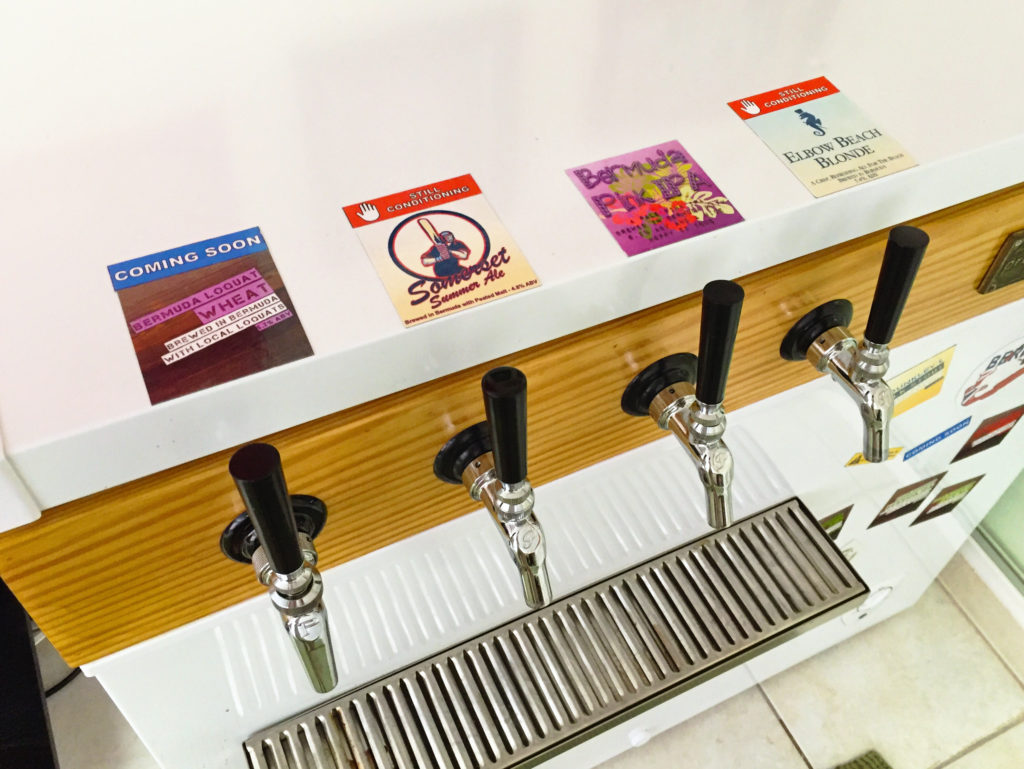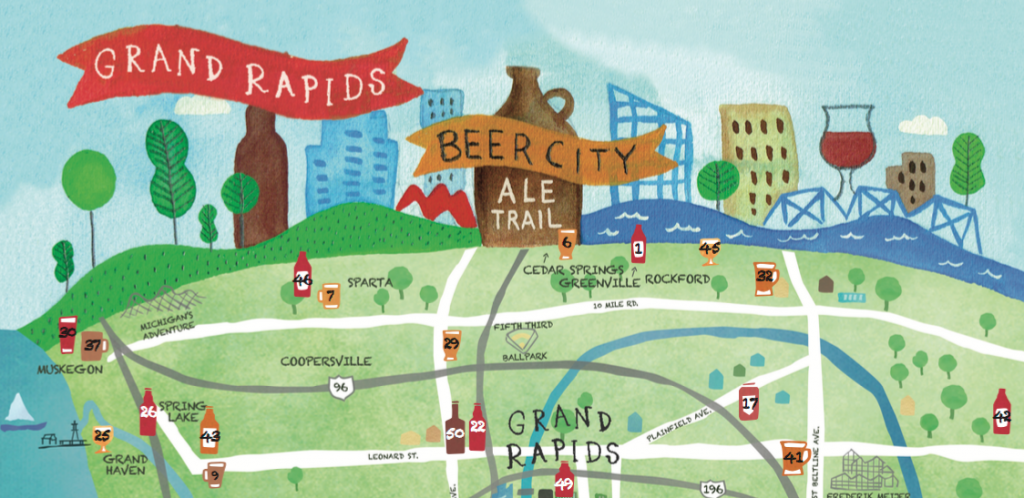In Bermuda our main water source is rainwater collection. All those beautiful whitewashed roofs serve as a collection area for the rain and they send all that water in to a cistern. When brewing it’s very important to know you base water very well in order to ensure that your beer turns out as you’ve designed it. Rain water changes with each season and each waterfront, additionally it’s very likely that contaminants get in to the rainwater as it passes from the atmosphere to the roof, though the gutters, in to cistern, and through the pumps and pipes on it’s way to the tap. On the positive side, mother nature doesn’t add chlorine or fluoride to the rain water either. Knowing this we can take a few steps when brewing with this water!
 Filtering!
Filtering!
The first step for using rain water is that if we must filter it! If your making small batches like us, there is a cheap and easy solution, water filters that are meant for RV and campers. Filters like these are easy to acquire, inexpensive at about $15, and connect easily to a standard hose fittings.
While there have been local news stories about bacteria in the water this past year, there is no need to be too concerned about it as the 60 to 90 minute boils that we use in brewing is way more than enough to kill any little nasties that might squeak through.
Rain water is always changing as the weather conditions and roof wear change the water profile over time, especially with each hurricane. Filtering will strip the metals, VOCs, nitrates, and nitrites out of the water. After filtering the rain water is clean, slightly acidic, and lacks most minerals and this gives us a stable baseline to start from. From that baseline, we can easily add the minerals or brewing salts we need and adjust the pH for the mash to make our water ideal for brewing.
After filtering the rain water, I typically add the following to the filter water and recipe:
- Add 1 tsp of calcium chloride per 5 gallons of water (this is water used, not final recipe volume)
- Add 1.5% – 2% acid malt by weight to my grain bill (to adjust the pH)
Notes on Minerals and Recipes
While the above is a good base line, different beer styles and recipes will need to have additional water modifications. There are great tomes written on this subject but my basic rules we inspired by AJ deLange, they are:
 Making a beer with roasted malts (stouts, porters) you need to skip the acid malt, roasted malt already have enough acid
Making a beer with roasted malts (stouts, porters) you need to skip the acid malt, roasted malt already have enough acid- Making a hoppy beer (APA, IPA, IIPA) then you need to also add 1 tsp of gypsum to protect the hop flavor
- Making a softer beer (Czech Pils, most Lagers) then cut the calcium chloride down to 1/2 tsp
- Making a beer in a British styles, double the calcium chloride and add 1 tsp of gypsum
While these aren’t hard and fast rules, everything always need tweaking, they get me close to what we need. I know a lot of books, like the popular beginners book How to Brew, talks about other additives such as chalk, epsom salts, and baking soda I don’t find I need them. Keeping it simple is the best way to brewing great beer time after time.
After reaching the proper mast temperature I’ll check the pH of the wert with a pH meter and adjust it with Latic Acid if needed though most times the addition of the Acid Malt get’s it close enough (5.2pH to 5.6pH)
Yeast Health
The other water issue we need to address and base elements that the yeast need to keep healthy while they do their very important job of turning wert in to beer! To address the lack of other minerals in the wort I simply add half of a adult mens daily vitamin to the last 15 minutes of the boil to ensure healthy yeast growth for fermentation. I can’t remember where I got this trick from but it’s been working great for over two years!
Other Water Sources
It should be pointed out, we do also have to options for water such as buying desalinized and distilled water from Pure Water Bermuda. While brewing from distilled water can also be used as good baseline that is very stable over time, at $12.95 per 5 gallons it’s very expensive. Plus there’s something fun, and earth friendly, about brewing with rain water!
Now if I could just get a solar panel or three to power an induction burner!




At last! Some information with relevant quantities of additives for rainwater. Living in a regional area of South Australia sometimes our town water is chlorinated, so this article was valuable to me.